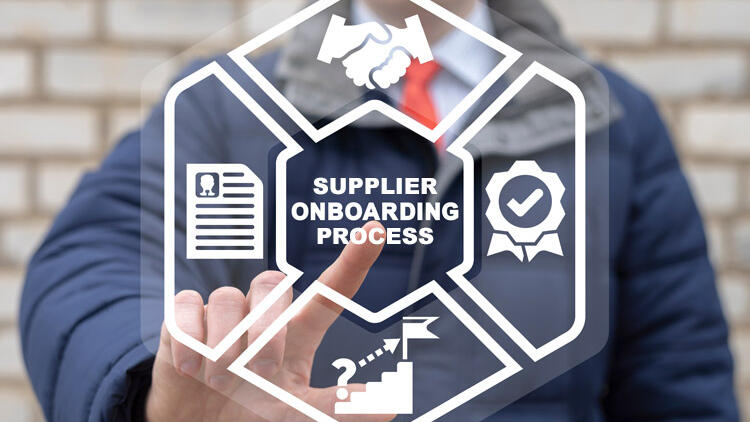
Introduction
For businesses that rely heavily on their vendors and suppliers, vendor onboarding is one of the most important processes. The process can be time-consuming and sometimes confusing, but it doesn’t have to be with a little planning ahead. By following these steps, you’ll be able to create a seamless new-vendor process that benefits both parties involved:
1. Define the purpose of your supplier onboarding process.
Before you start creating a supplier onboarding process, it’s important to determine what the purpose of your supplier onboarding process is.
This may seem like a simple question, but it’s one that many businesses overlook. When conducting research on what other companies are doing and how they’re doing it, we often see a lot of seemingly good practices without any explanation as to why they’re being implemented in the first place. Asking yourself “why” will help you stay focused on your goals and keep things moving forward when times get tough (which they inevitably will).
2. Clarify your onboarding expectations.
It’s vital to be clear about the expectations you have for your vendors. You want them to know what you expect from them, as well as what they can expect from you. This helps prevent any confusion or miscommunication in the future.
3. Create a list of necessary steps for your vendors to follow.
In order to create the perfect onboarding process, you’ll need to create a list of necessary steps for your vendors to follow. This list should be specific, but not too long. You also want it to be realistic and doable—after all, if it’s too hard or complex for your supplier to complete, they’ll simply drop out of the process altogether!
Here are some examples of items that might appear on such a list:
- Visit our website (and watch our video)
- Read our blog posts
- Sign up for our newsletter
4. Create a timeline for each step of the onboarding process.
The best way to ensure your vendor onboarding process goes smoothly is by creating and following a timeline. A timeline is an excellent tool for keeping everyone on the same page, and it can be used as a checklist of sorts if you’d like to keep track of what has been done and what still needs to be done.
If you’re new to creating timelines, check out our guide on how to make one here!
5. Determine how you will communicate during vendor onboarding.
When it comes to communicating with your vendors, there are a few different ways you can go about it. The most obvious choice is to use vendor onboarding software that allows for seamless communication between all parties involved in the onboarding process. If this isn’t an option for you, then another option would be to hire someone else (like a third party) or create your own checklist and communicate via email or Slack. Finally, if none of those sound like they’d work out well enough for your needs and wants as an entrepreneur–you could always try using an app!
6. Decide how you want to track your vendors’ progress through the process.
When you’re deciding how to track your vendors’ progress through the onboarding process, consider whether you want to use a spreadsheet or a software tool. If you opt for a spreadsheet, it’s important that it be easy for all parties involved in vendor onboarding (and especially those who are less tech-savvy) to use and understand. The same goes for any tool that you choose.
If your business has multiple departments or locations, don’t forget about communication between them! You may need another person on board who can work with all of these different groups in order to make sure everything gets done on time and accurately.
Follow these steps to create a seamless, organized supplier onboarding process that benefits both parties
To get started, it’s important to define the purpose of your supplier onboarding process. This will help ensure that you’re creating a solution that benefits both parties and doesn’t waste time or resources.
Next, clarify your onboarding expectations with vendors by creating a list of necessary steps for them to follow during their onboarding period. It’s also wise to create timelines for each step so they know when they should expect something from you or vice versa.
Conclusion
The goal of supplier onboarding is to make your vendors feel welcome and comfortable in your business. It’s important to remember that this process will take time, so don’t rush it! Take the time necessary to create a plan that works for everyone involved. Once you have all of these steps in place, then it’s time to get started on the journey toward creating a successful partnership between your company and its suppliers.

Rahul Asthana has a PhD in Operations Management from the Anderson School at UCLA. He has 25 years of experience in supply chain management, starting his career in IBM working in supply chain operations. He then moved into product management and product marketing of supply chain software while at SAP and Oracle. He manages product strategy and product management at Gainfront. In terms of hobbies outside of work, he really enjoys tennis. Follow Rahul Asthana on Linkedin!


